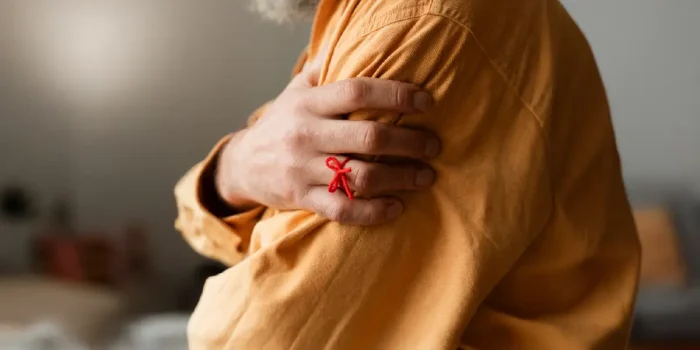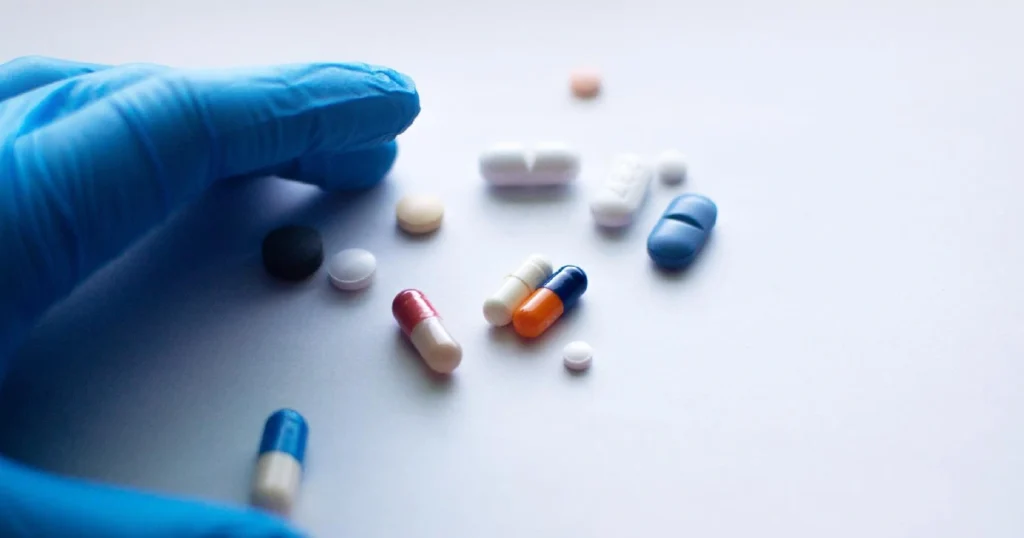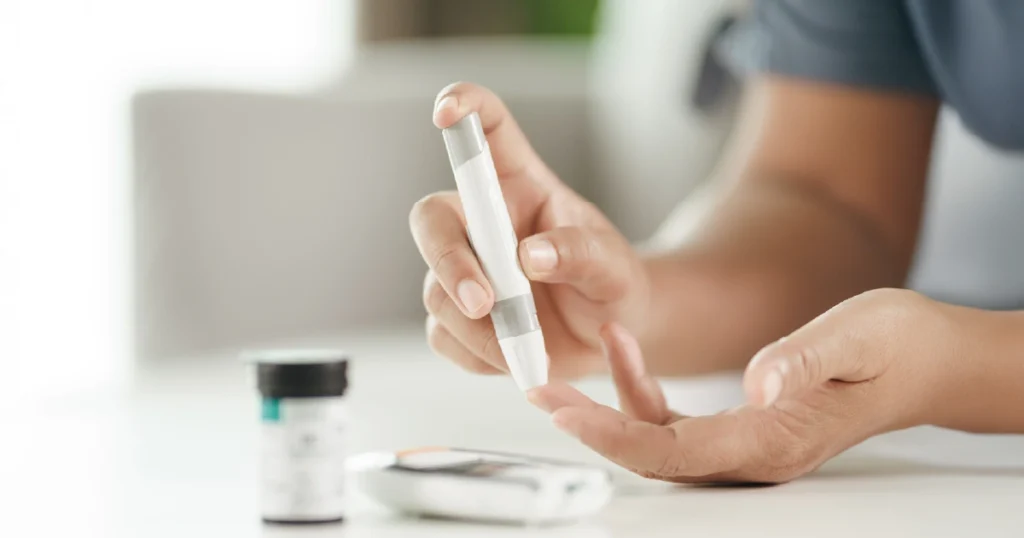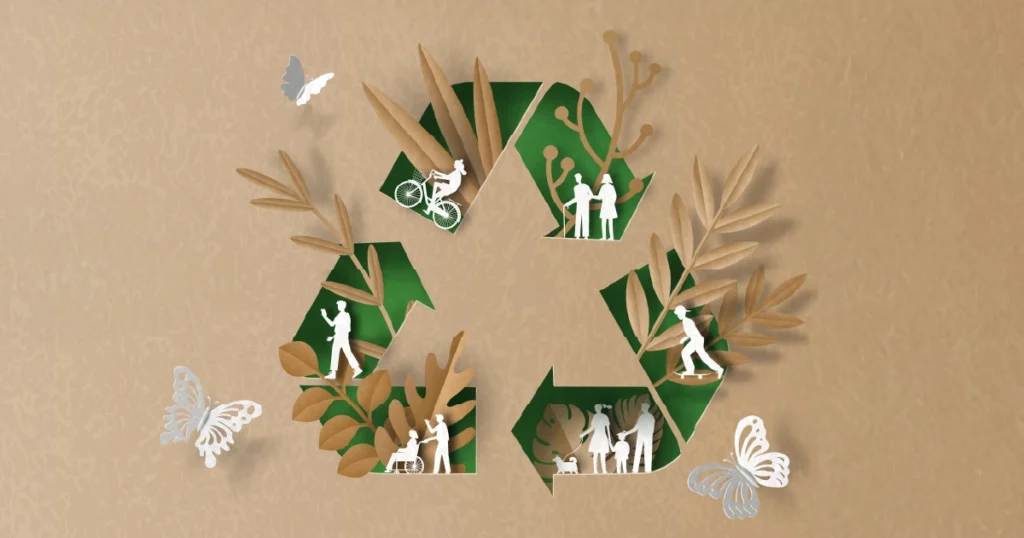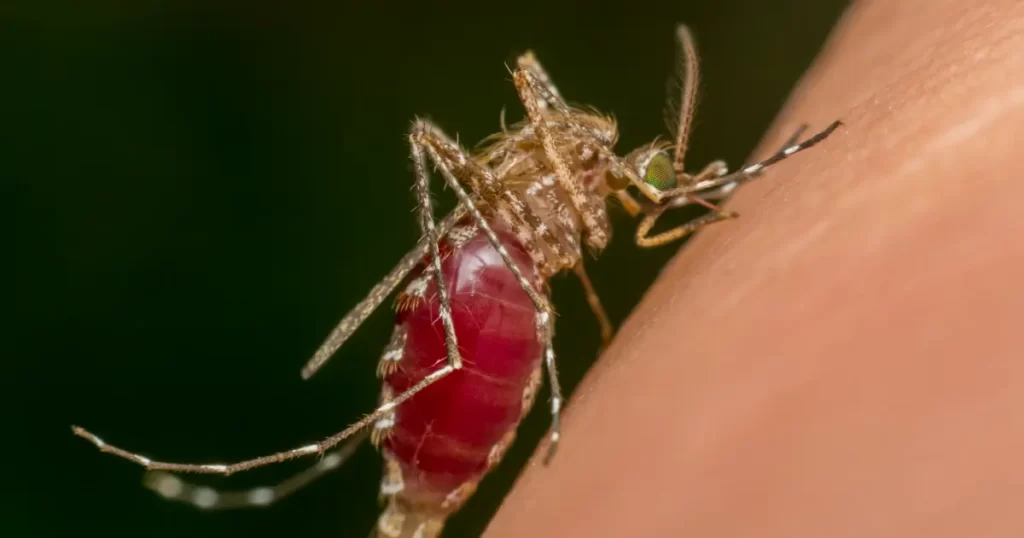Introduction
Ending AIDS Together is more than a global goal—it is a shared responsibility. While progress in treatment and prevention has saved millions of lives, nearly 39 million people still live with HIV worldwide. Stigma, inequality, and limited healthcare access remain barriers to real progress [1][2]. This month of awareness is a call to action: unite against discrimination, support those affected, and commit to prevention strategies that save lives.
But how close are we to ending AIDS, and what more must be done to reach a world free from HIV?
The State of the Epidemic
Since the start of the epidemic in the 1980s, more than 40 million people have died from AIDS-related illnesses [1]. Global action has dramatically reduced infection rates. However, progress remains uneven. Sub-Saharan Africa continues to carry two-thirds of the global burden, with women and adolescent girls disproportionately affected [2]. In some regions, adolescent girls are three times more likely to contract HIV than boys of the same age. This stark inequality highlights how gender norms and power imbalances continue to fuel the epidemic. In wealthier nations, HIV is increasingly managed as a chronic illness thanks to antiretroviral therapy (ART). By contrast, in many low- and middle-income countries, poverty, weak infrastructure, and stigma prevent access to lifesaving treatment.
Prevention and Treatment: What Works
Ending AIDS Together means scaling up prevention and treatment strategies proven to save lives:
- Pre-exposure prophylaxis (PrEP): A daily pill that reduces infection risk by more than 90%.
- Universal testing and treatment: Early diagnosis and rapid access to ART prevent illness and onward transmission.
- Harm reduction programs: Needle exchanges and safe-injection sites lower risk for people who use injectable drugs.
Treatment is transformative. As a result, ART reduces viral load to undetectable levels, meaning the virus cannot be passed on. This breakthrough is captured in the phrase “Undetectable = Untransmittable (U=U).” Researchers are also exploring preventive vaccines and long-acting injectable treatments. In addition, combining education, PrEP, and testing creates a stronger shield against infection.
The Fight Against Stigma
Medicine alone cannot end AIDS. Stigma and discrimination remain powerful obstacles [3]. Misconceptions about transmission drive social isolation, workplace discrimination, and fear of testing. Ending AIDS Together requires dismantling these myths. Campaigns stress that HIV is not spread through casual contact. They also show that people on treatment live long, healthy lives. Therefore, breaking stigma is essential to create safe spaces for testing and treatment.
Community and Global Action
Communities are at the heart of success. Grassroots organizations provide counseling, distribute prevention tools, and advocate for equal access to care. Successful programs in countries such as Botswana and Rwanda show that when communities are empowered, infection rates drop significantly. Globally, the UNAIDS 95-95-95 targets guide the way forward: 95% of people knowing their HIV status, 95% of those diagnosed on treatment, and 95% of those treated achieving viral suppression [1]. However, these goals require sustained investment. Governments, NGOs, and donors must expand access to affordable medicines. Without such commitment, progress could stall, leaving vulnerable groups behind.
A One Health Perspective on Ending AIDS Together
Looking at HIV through a One Health perspective connects human health with social, cultural, and environmental factors. Poverty, gender inequality, and limited education all heighten vulnerability to infection. Moreover, integrating HIV care into reproductive health, mental health, and maternal services builds stronger, more resilient systems. By embedding HIV prevention into broader health and social policies, the fight against AIDS strengthens entire communities and accelerates global health systems.
Conclusion
Ending AIDS Together is more than a slogan—it’s a roadmap to a healthier future. Progress in treatment has been extraordinary, but stigma, inequality, and funding gaps persist. Through awareness campaigns, universal access to treatment, and community-driven action, the world can make AIDS a thing of the past. Achieving the UNAIDS target of ending AIDS as a public health threat by 2030 will require determination, compassion, and collaboration.
Together, we can save lives, end discrimination, and build a future where HIV no longer defines opportunity, health, or hope.
References
- World Health Organization (2024). HIV/AIDS. Fact sheet. Available at: https://www.who.int/news-room/fact-sheets/detail/hiv-aids
- UNAIDS (2024). Global HIV & AIDS statistics — 2024 fact sheet. Available at: https://www.unaids.org/en/resources/fact-sheet
- Centers for Disease Control and Prevention (CDC) (2024). Stigma and HIV. Let’s Stop HIV Together. Available at: https://www.cdc.gov/stophivtogether/hiv-stigma/index.html

